Mindblown: a blog about philosophy.
-
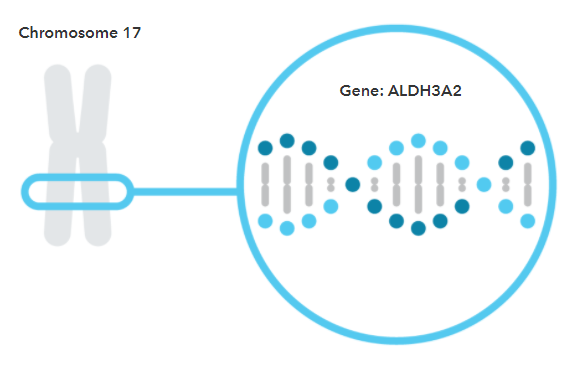
Sjögren-Larsson Syndrome
What is Sjögren-Larsson syndrome? Sjögren-Larsson syndrome is a rare genetic disorder characterized by scaly dry skin, intellectual disability, and persistent muscle stiffness. A person must have two variants in the ALDH3A2 gene in order to have this genetic condition. People with just one variant in the ALDH3A2 gene are called carriers. They’re not expected to…
-
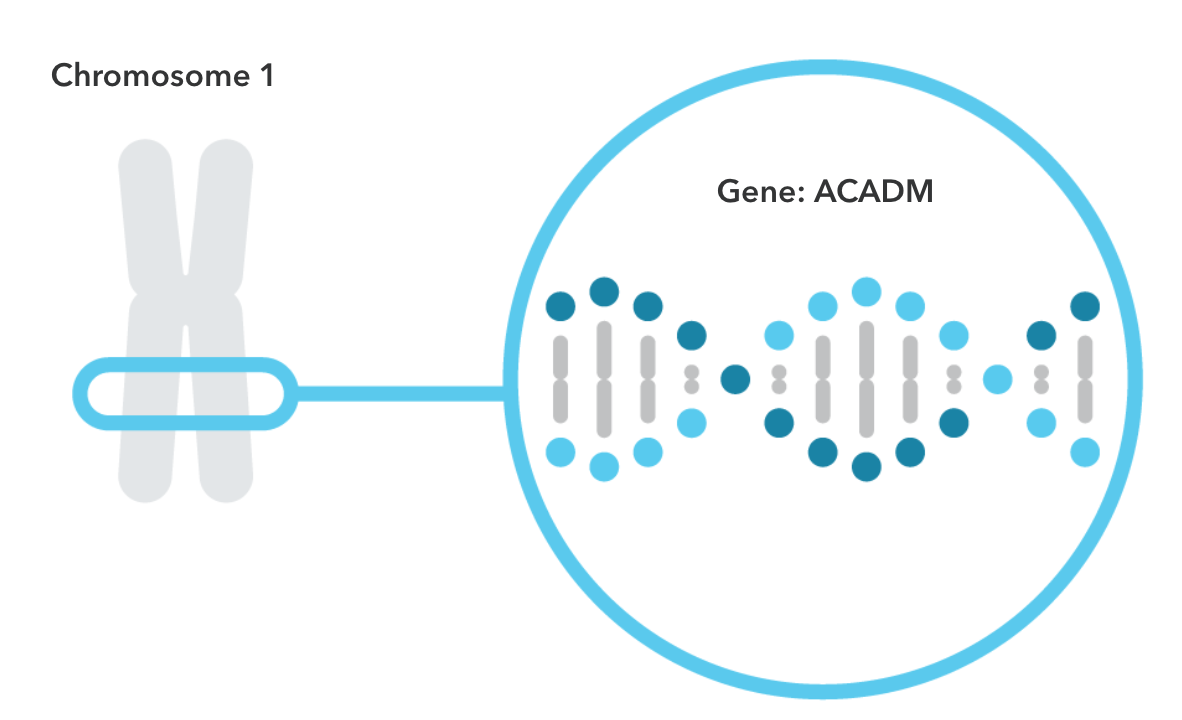
MCAD Deficiency
What is MCAD deficiency? MCAD Deficiency is a rare genetic disorder characterized by episodes of very low blood sugar while fasting or under stress. A person must have two variants in the ACADM gene in order to have this genetic condition. People with just one variant in the ACADM gene are called carriers. They’re not…
-
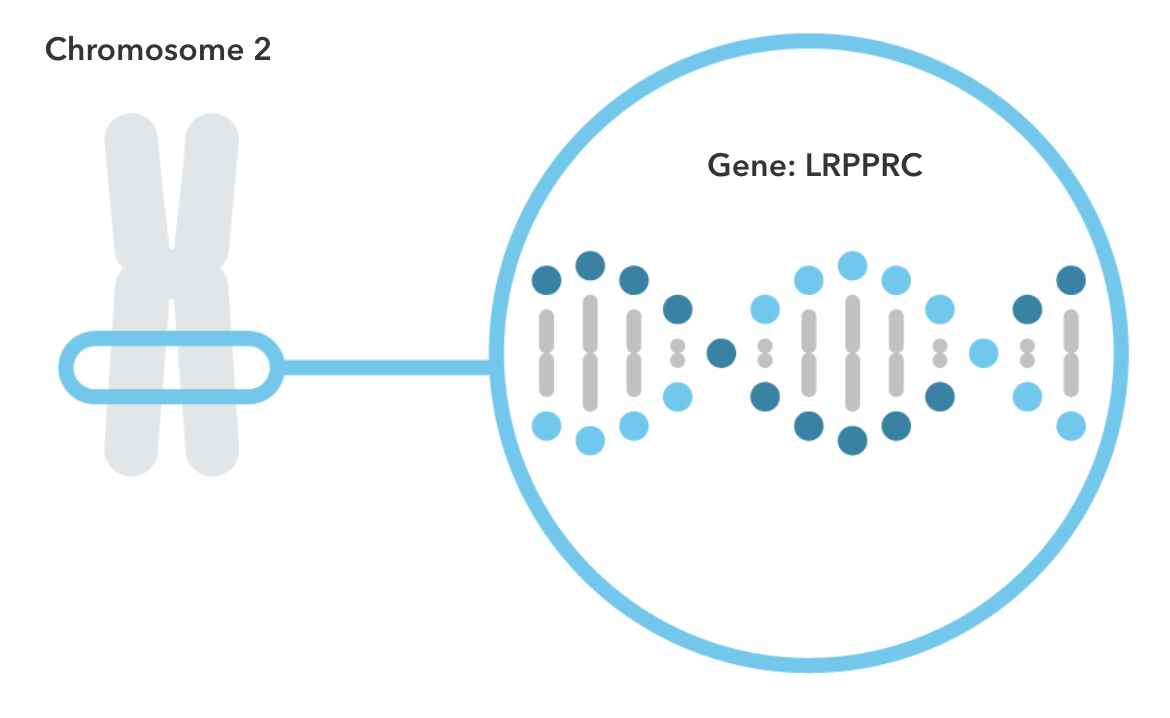
Leigh Syndrome, French Canadian Type
What is Leigh syndrome, French Canadian type? Leigh syndrome, French Canadian disorder (LSFC) is a rare genetic disorder. It is characterized by life-threatening periods of lactic acid buildup and brain injury, as well as failure to gain weight. A person must have two variants in the LRPPRC gene in order to have this condition. People…
-
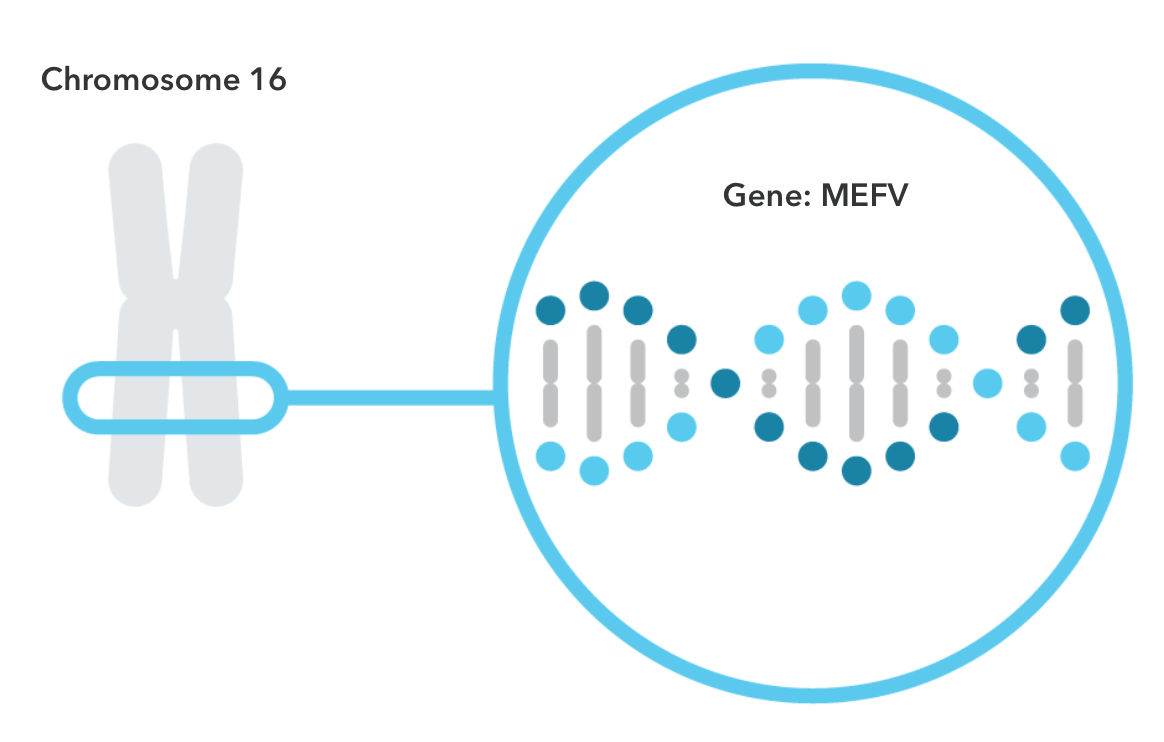
Familial Mediterranean Fever
What is familial Mediterranean fever (FMF)? Familial Mediterranean fever, or FMF, is a genetic disorder characterized by recurring short episodes of fever, as well as inflammation in the abdomen, chest, and joints. In most cases, a person must have two variants in the MEFV gene, or two copies of a variant, in order to have…
-
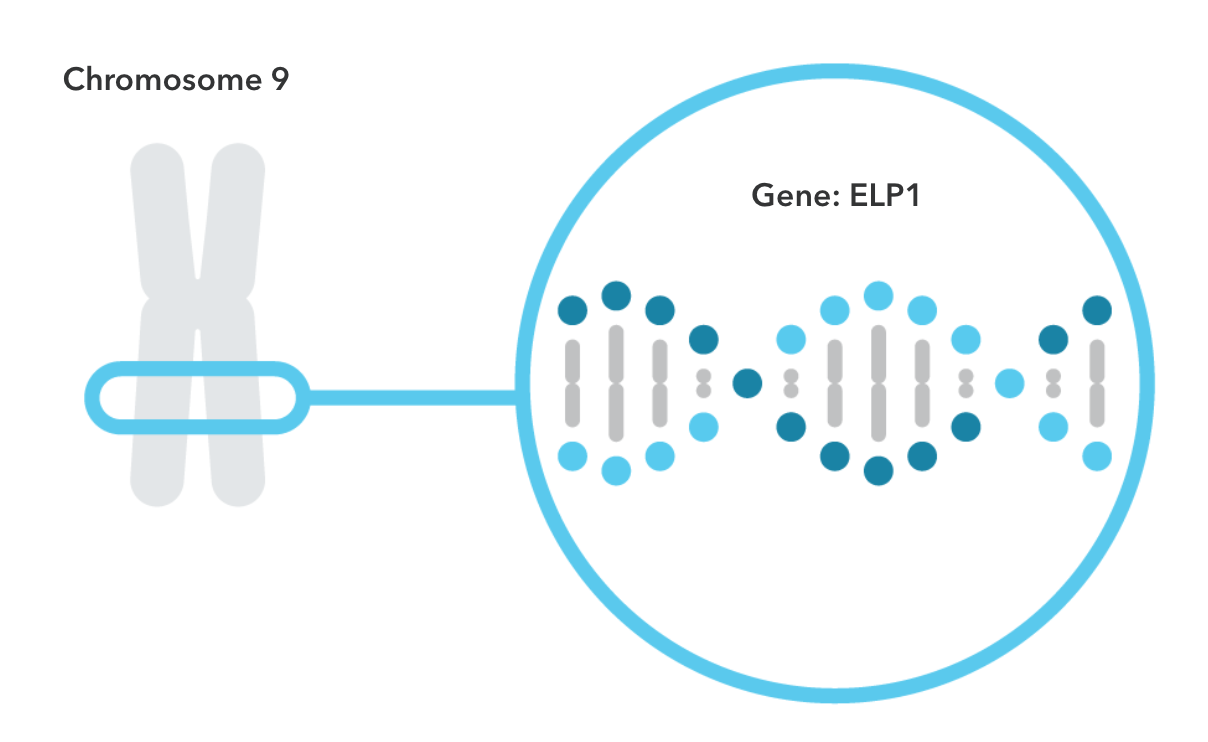
Familial Dysautonomia
What is familial dysautonomia? Familial dysautonomia is a rare genetic disorder that affects many different areas of the body. It is characterized by severe dysfunction in different parts of the nervous system that control movement, the senses, and involuntary (automatic) functions. The genetics behind familial dysautonomia Familial dysautonomia is caused by variants in the ELP1…
-
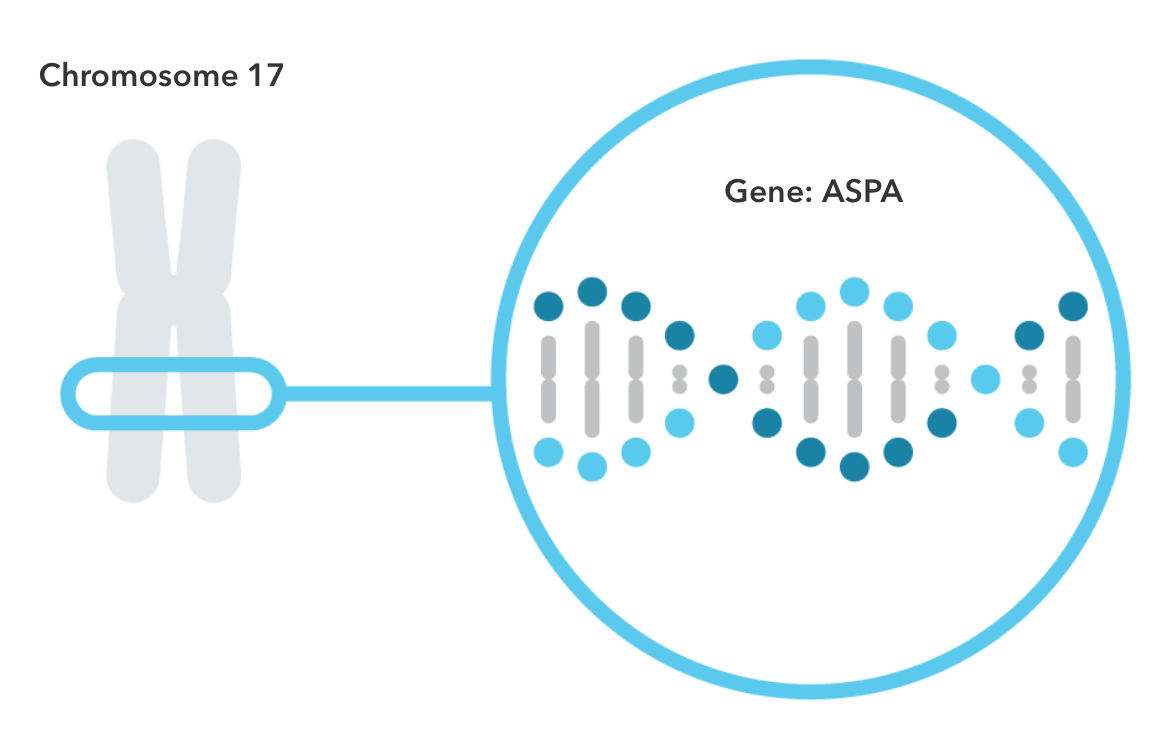
Canavan Disease
What is Canavan disease? Canavan disease, also known as ASPA deficiency, is a rare genetic disorder characterized by a loss of nerve cell function in the brain that gets worse over time. A person must have two variants in the ASPA gene, or two copies of a variant, in order to have this condition. People…
-
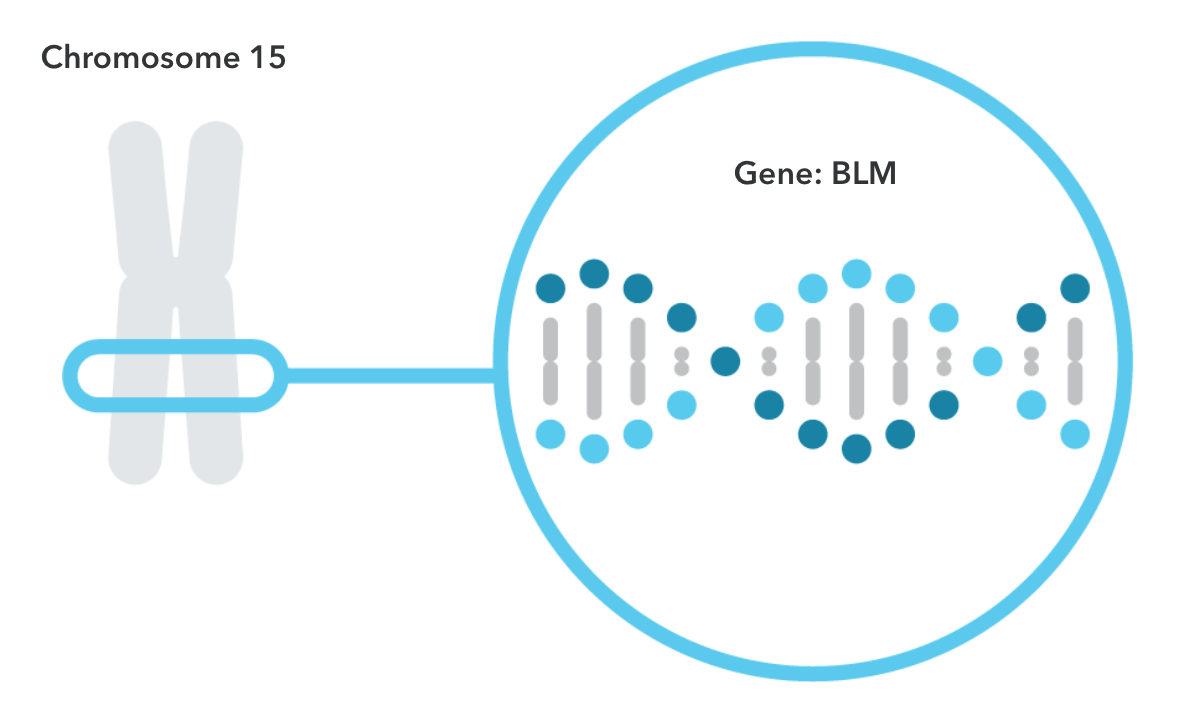
Bloom Syndrome
What is Bloom syndrome? Bloom syndrome is a rare genetic disorder characterized by impaired growth and an increased risk of infections and cancer. A person must have two variants in the BLM gene, or two copies of a variant, in order to have this condition. People with just one variant in the BLM gene are…
-

Wake-Up Time & Genetics
How it works Not everyone’s internal alarm clock rings at the same time. Our biological sleep rhythms affect when we naturally prefer to fall asleep and wake up. It turns out your genes may be telling you when to hit the snooze button. The genetics behind wake-up time 23andMe researchers discovered that there are genetic…
-
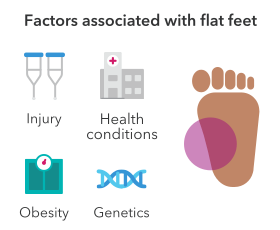
Flat Feet
What causes flat feet? Flat feet occur when the raised structure on the inside of the foot, called the medial arch, is especially low. This is very common in children when the medial arch is still developing. By adolescence, the arch is more fully formed. In most cases, flat feet resolve on their own. But…
-

Cilantro Taste Aversion
What is cilantro taste aversion? Many people dislike cilantro (also known as coriander), describing the taste as “soapy.” 23andMe researchers found two genetic markers associated with this aversion. These markers are located near genes that help determine your sense of smell through proteins called olfactory receptors. Some of these receptors detect aldehydes, chemical compounds that…
Got any book recommendations?